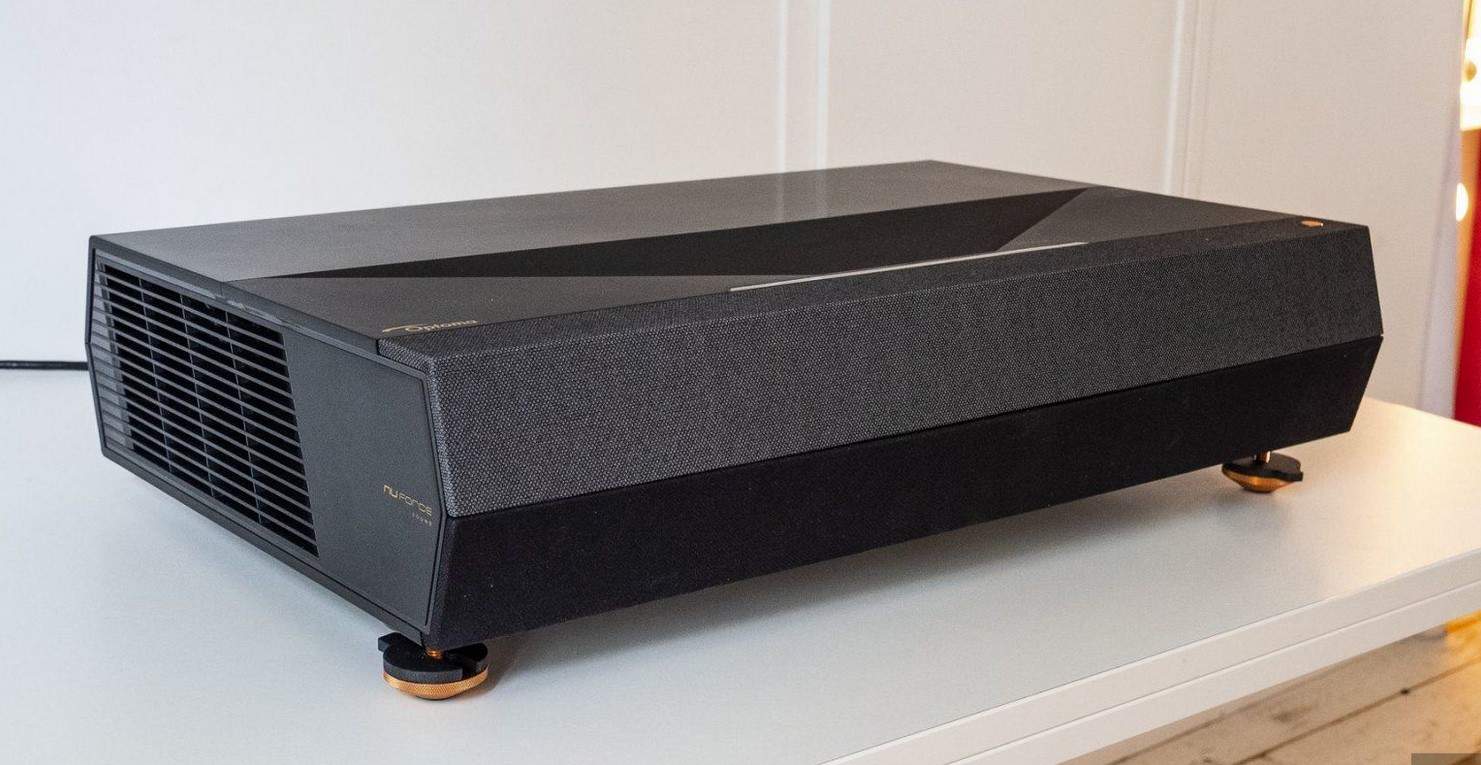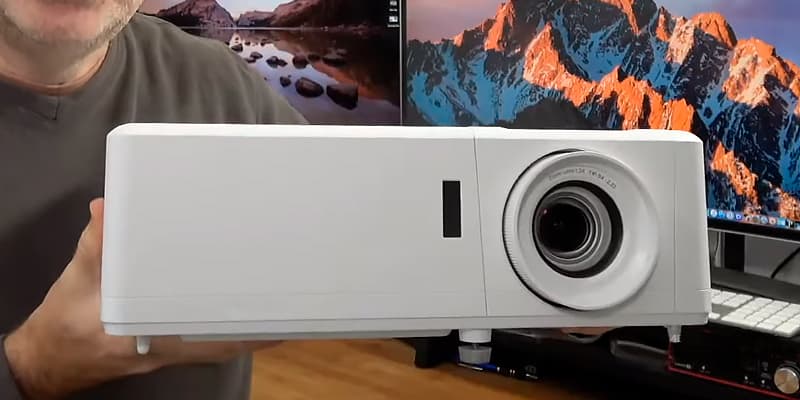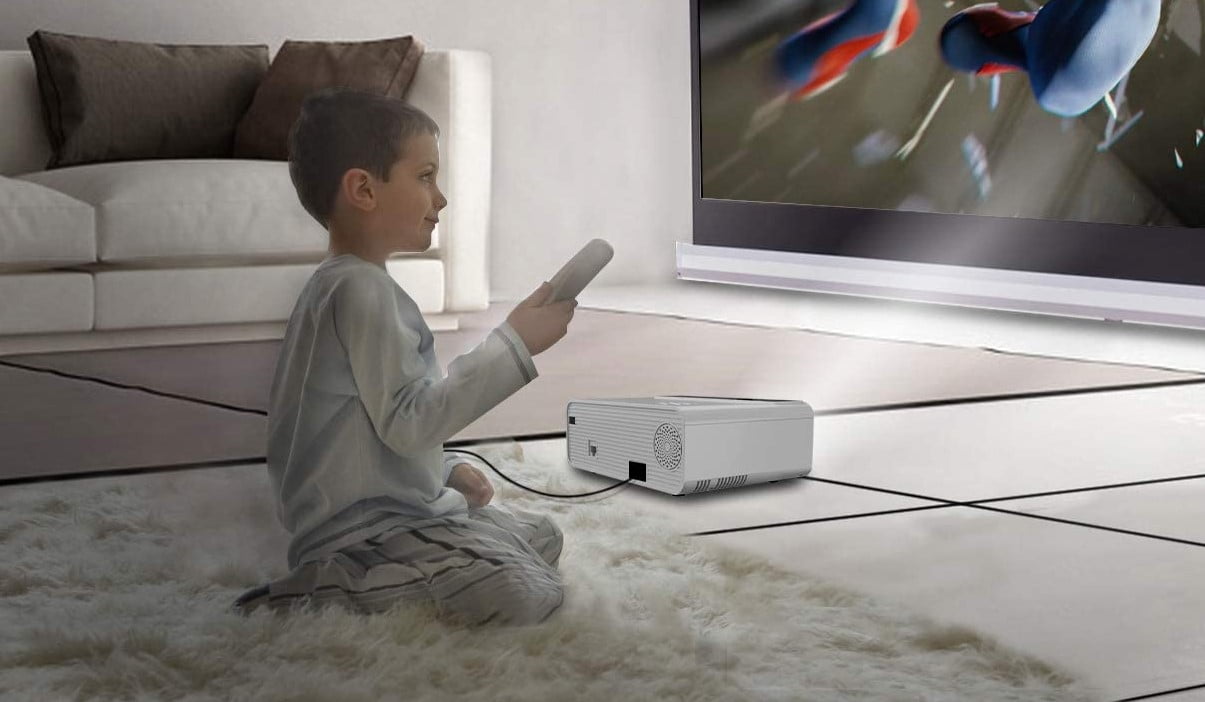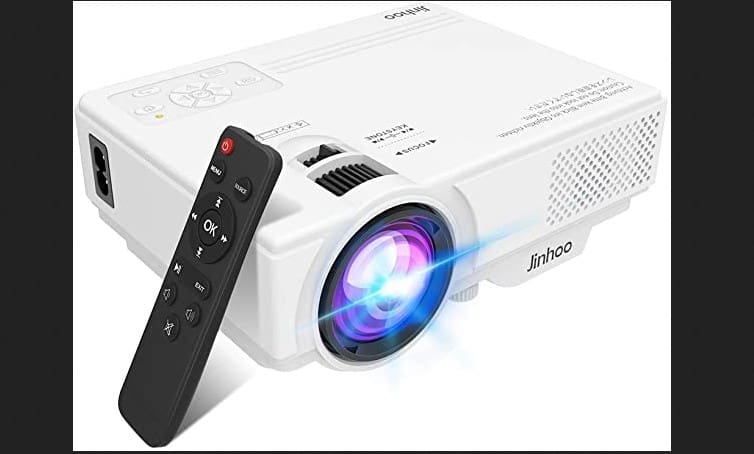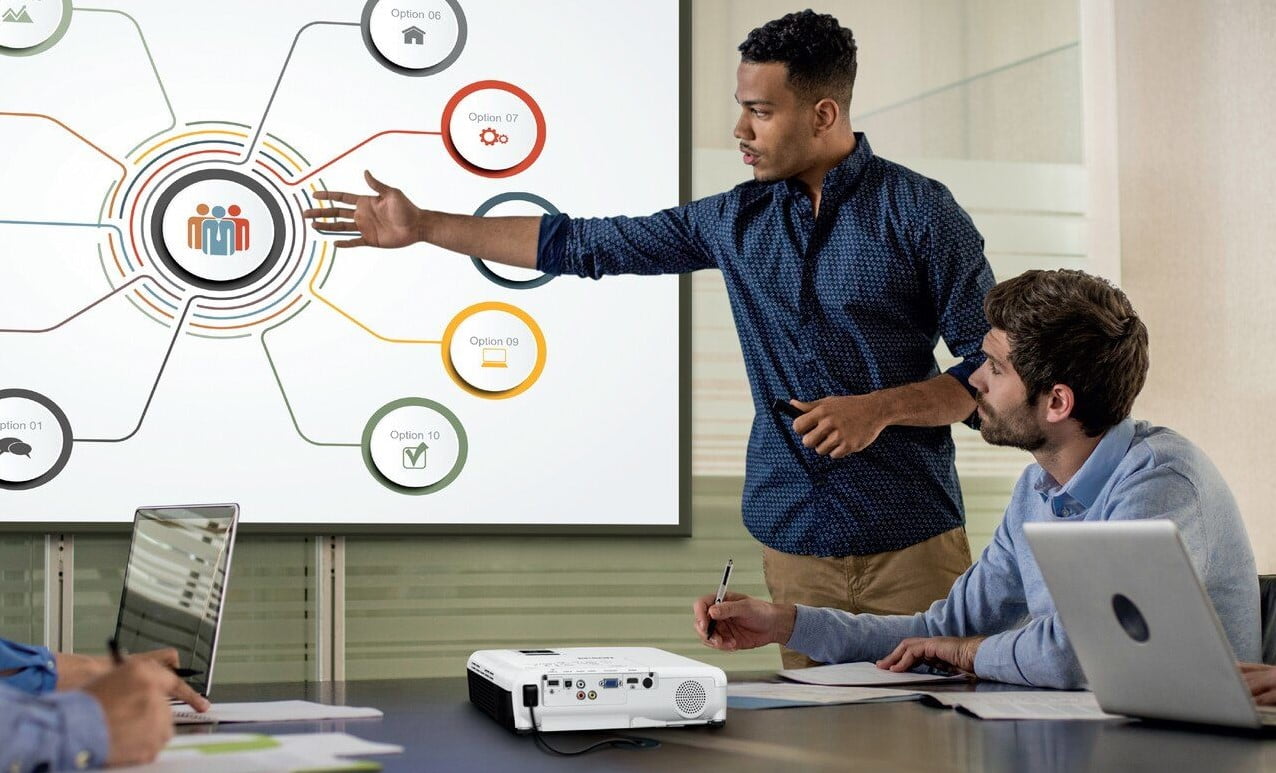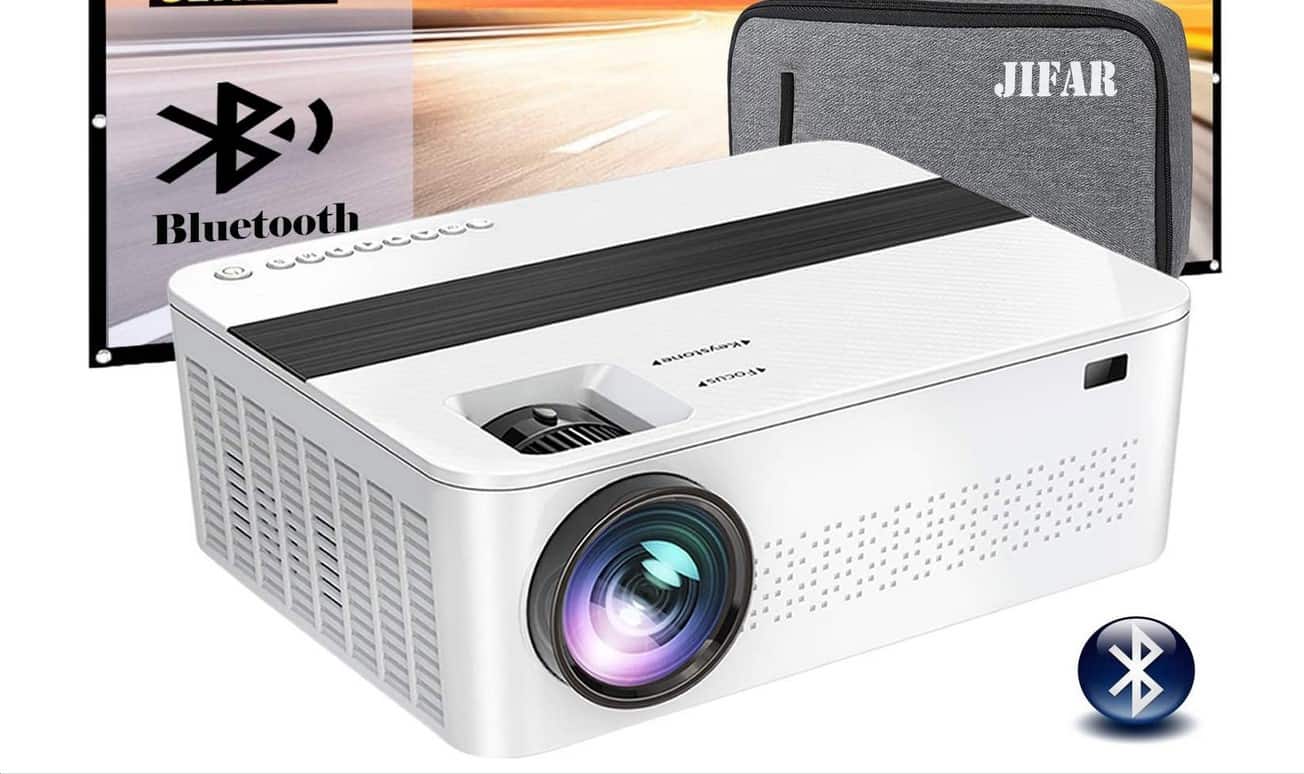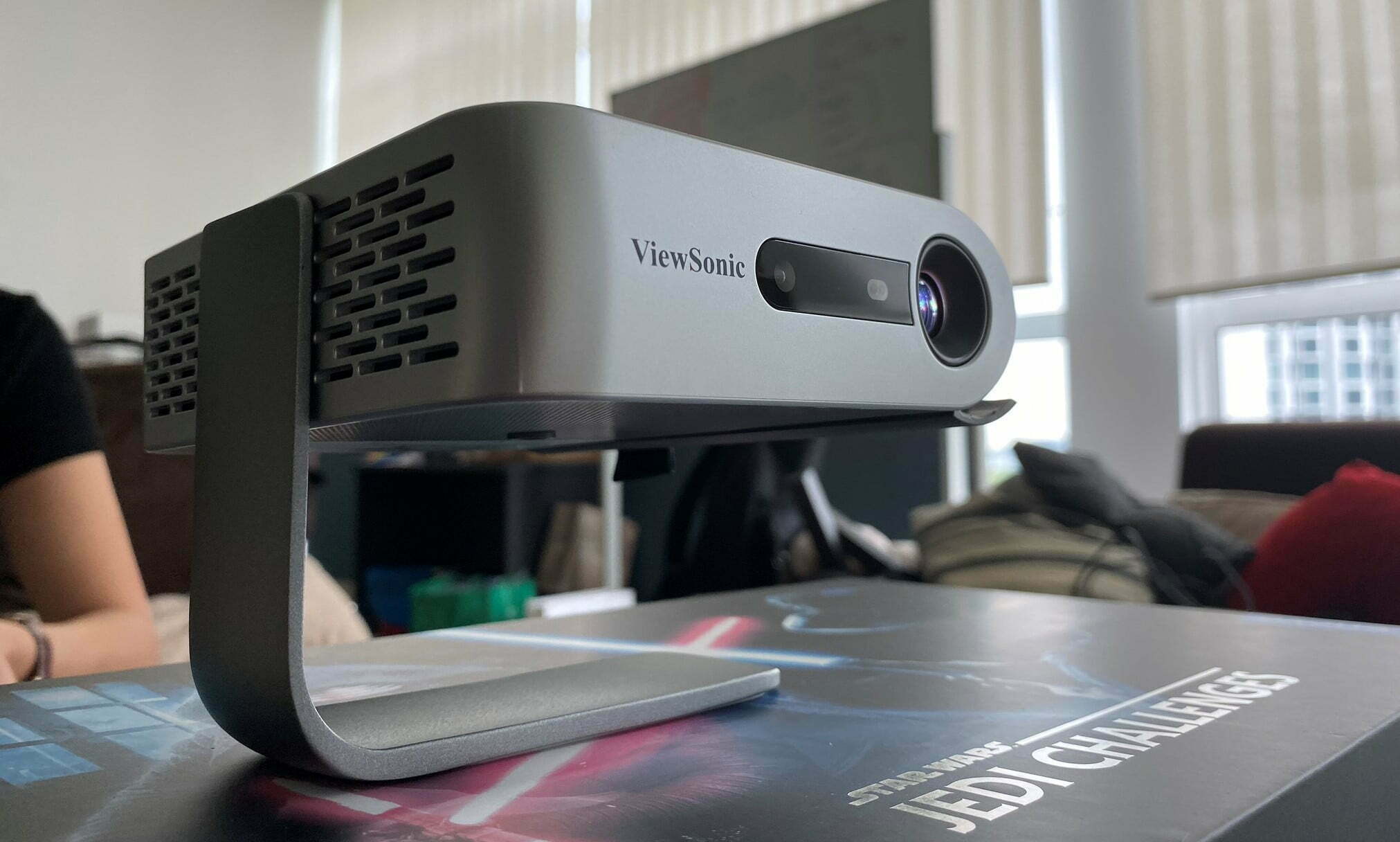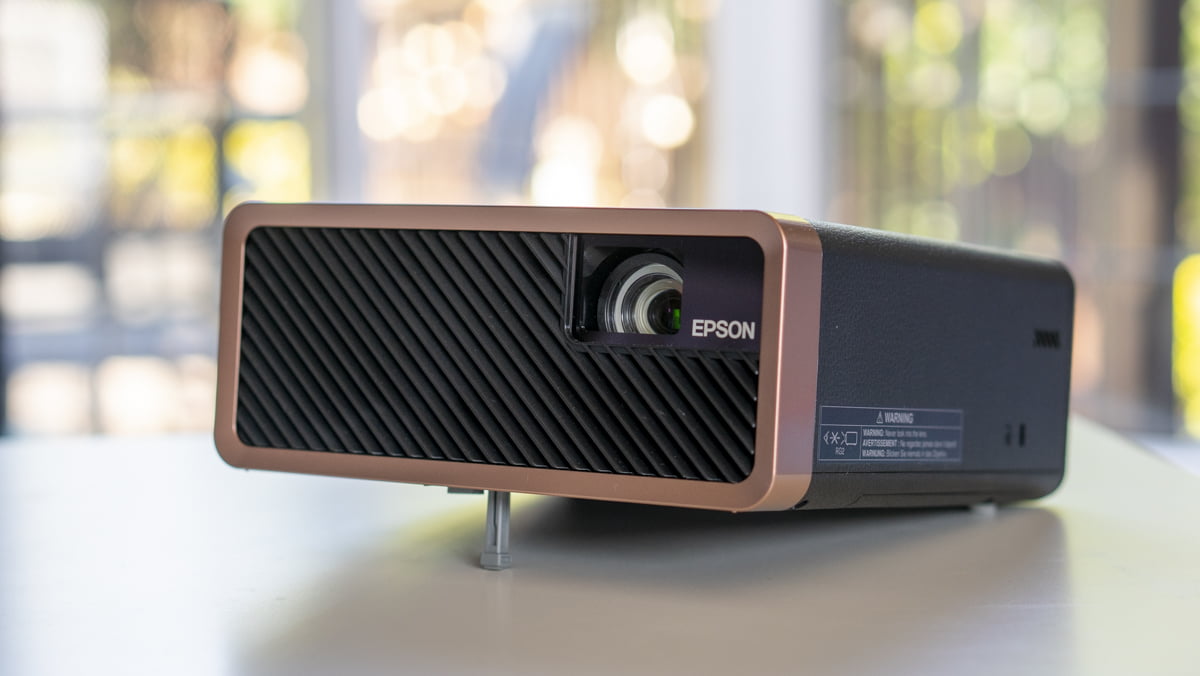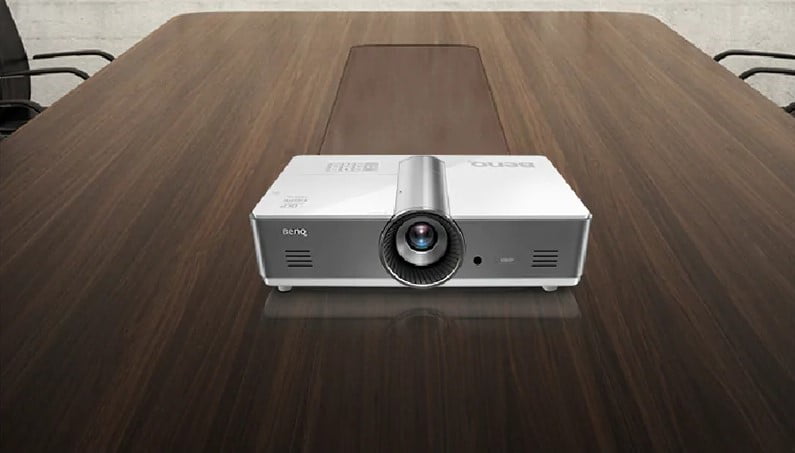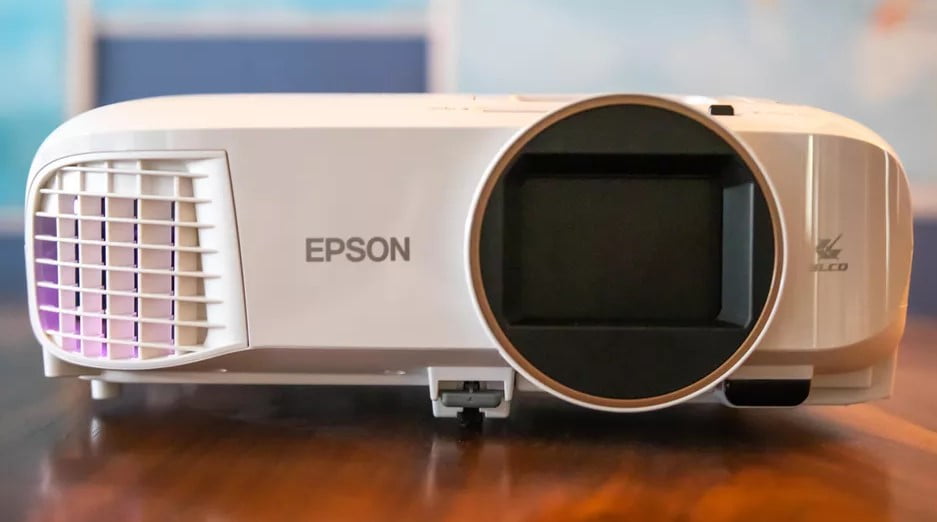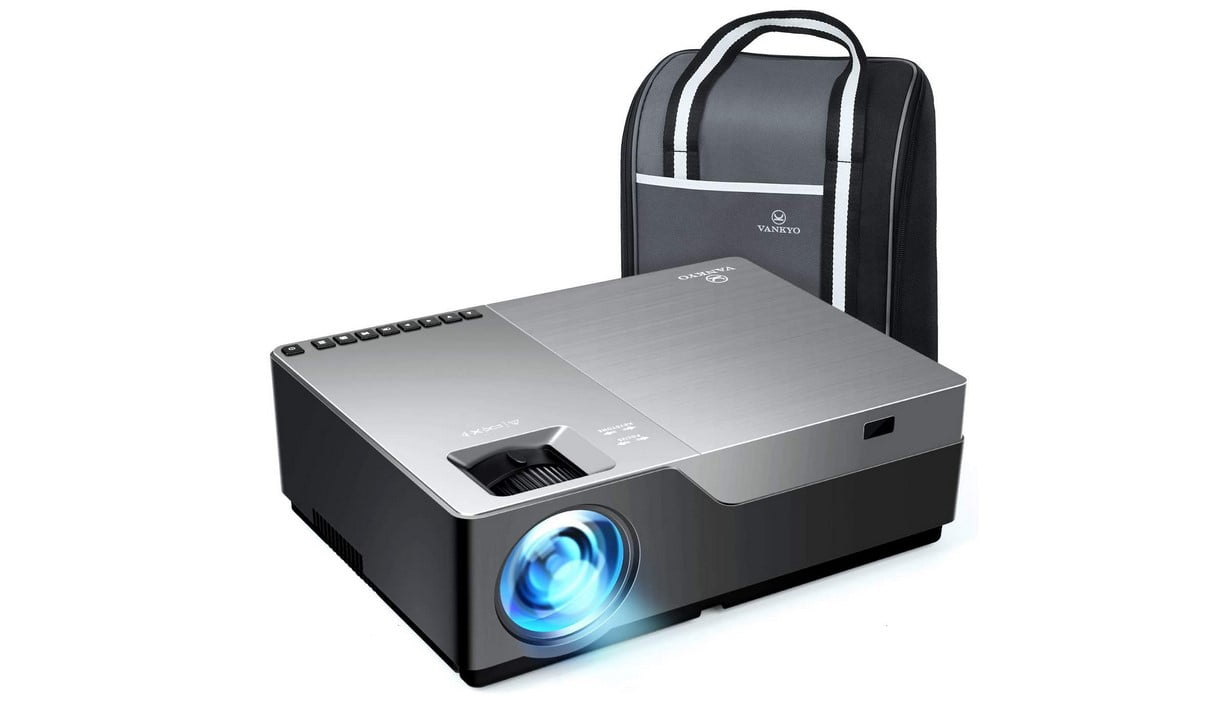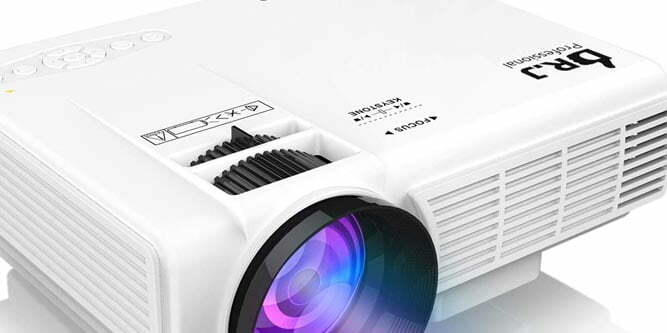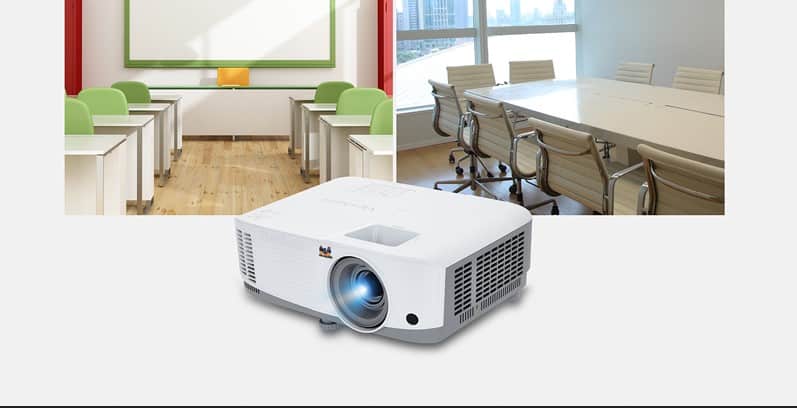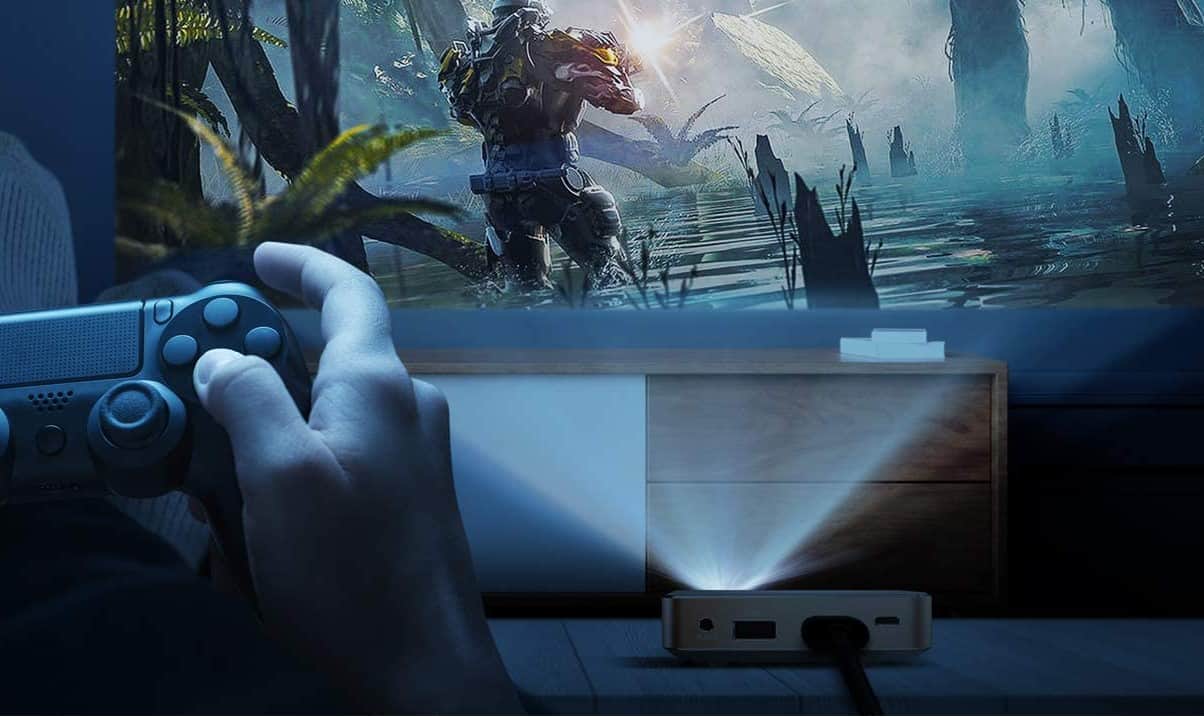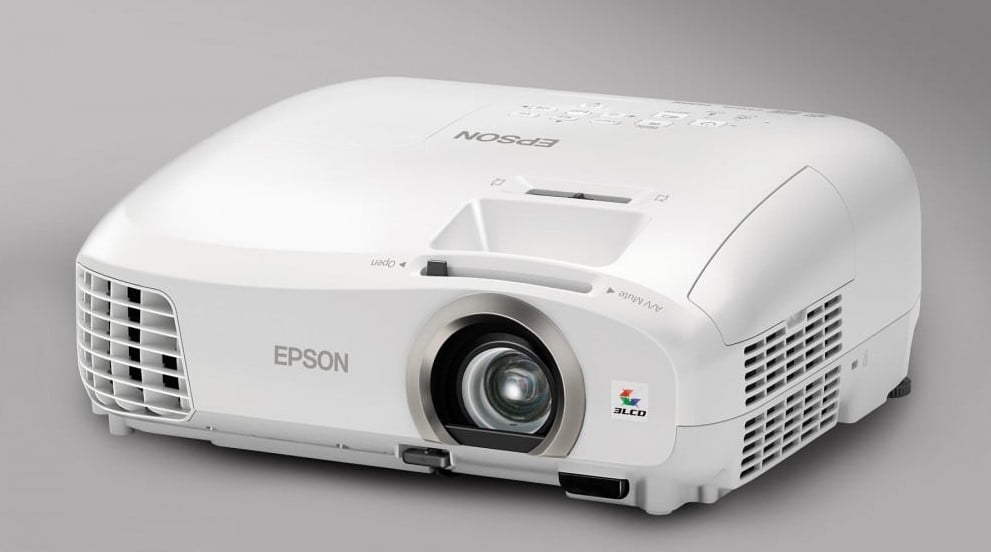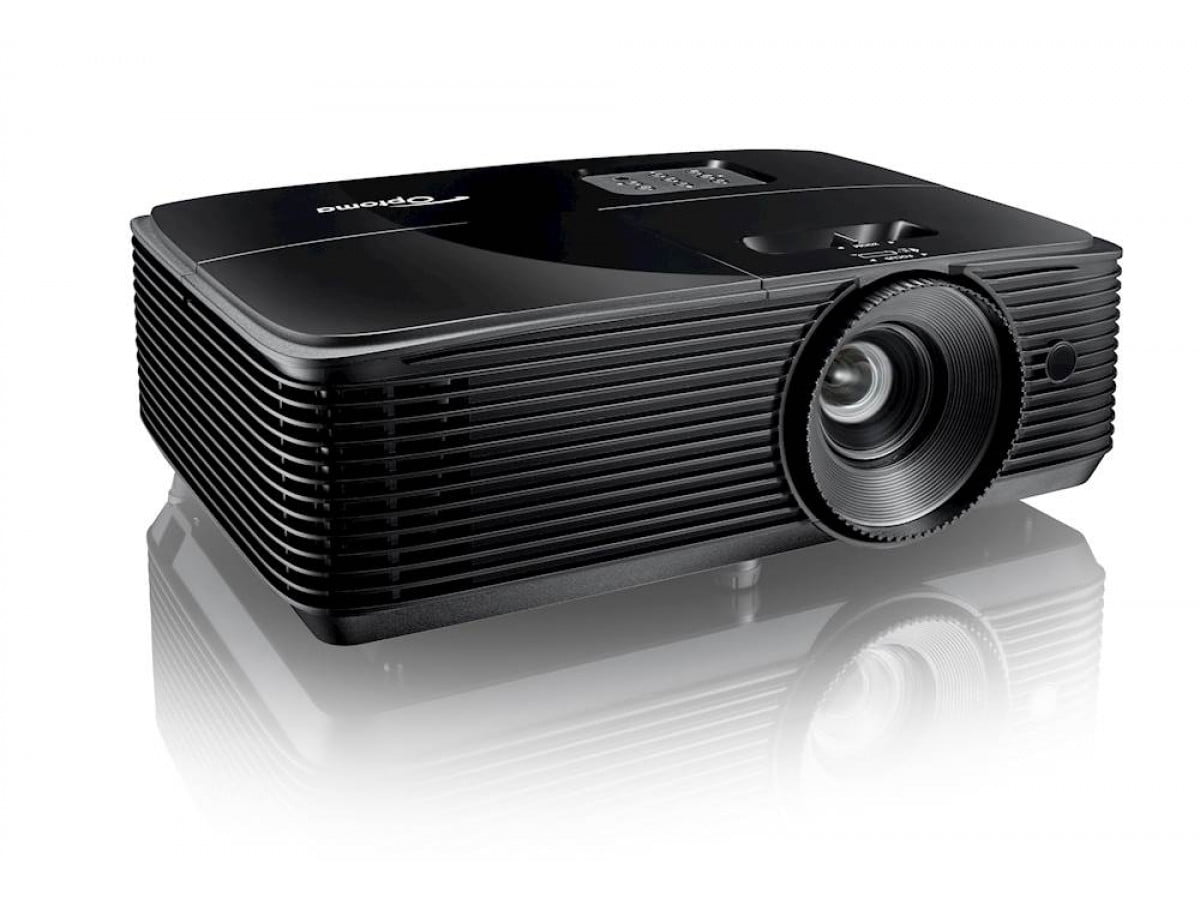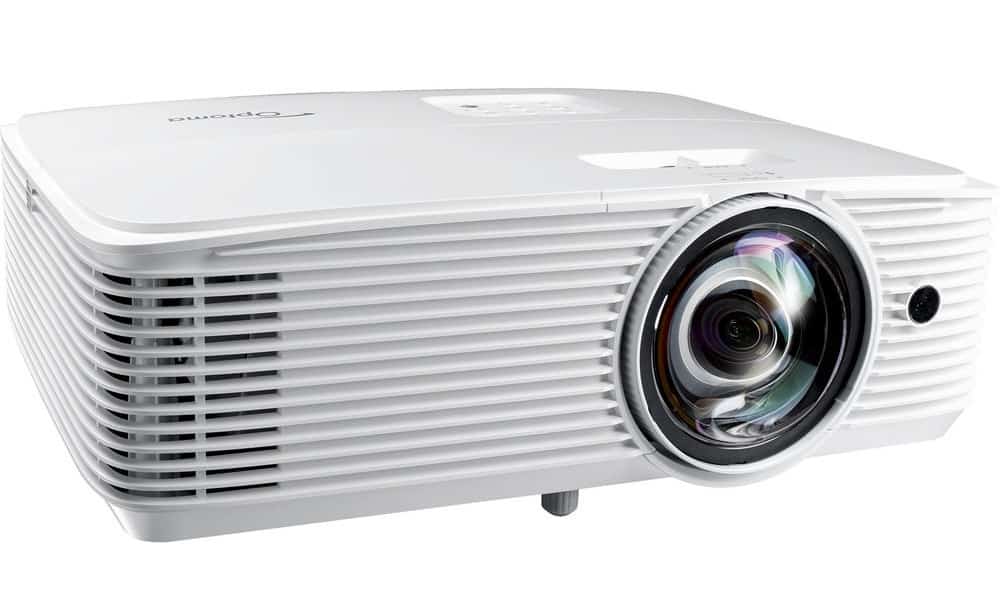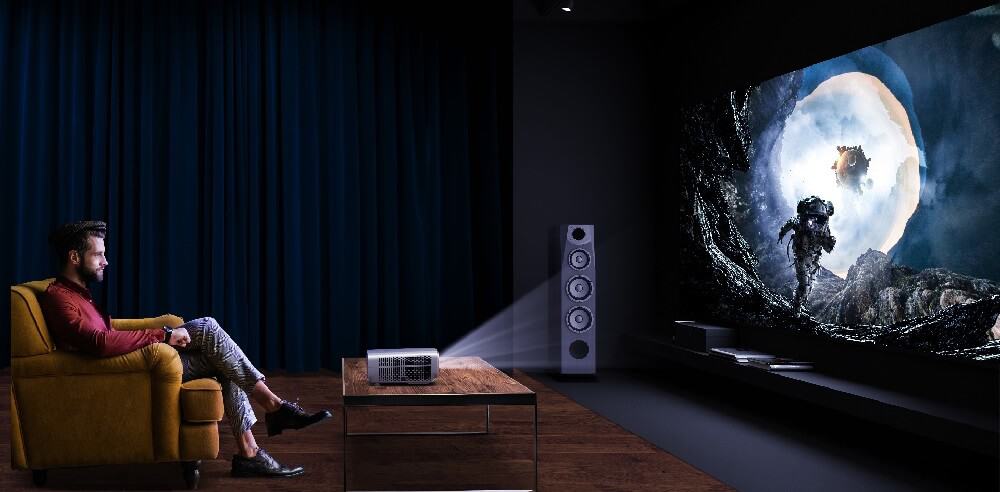If you’re looking to learn what does zoom on a projector do, then you’re in the right place. This article will explore terms like lens shift, common projector throw ratios, and more. The basic rule of thumb is that a shorter throw distance is required as a screen decreases in size. You have the lens shift ability, as well, but the best projectors will include multiple ways to perfect your boardroom presentations.
KEY TAKEAWAYS:
- Zoom is the ability of your projector’s built-in lenses to enlarge the image it projects so that you can be less confined by metrics such as common throw ratios.
- Quality lenses will be able to produce the sharpest image resolution possible even when you’re using your remote control to enlarge the bright image.
- Zoom is only one aspect of image quality, and it is essential to note that as you increase projection size, you will eventually hurt image quality, and the image can become blurry.
Explaining the Projector Zoom Lens
Understanding digital zoom is crucial to maintaining proper image size while projecting. Throw distance is another important measurement, and knowing when a shorter throw is needed will give you far better image quality, as you’ll find on most pico projectors. And if you’re wondering just how high should you mount a projector, then you’ll need to know the applicable throw ratio formula.
What Digital Zoom Does for Projectors
Advances in LED technology have given us a wide range of options to choose from, ranging from the optical zoom projector to the smart projector. Unless you’ve made your own projector, then the zoom options will be very different. In case you’re wondering what does a smart projector do as opposed to others, check out our article explaining this fantastic bit of modern technology. In the case of a digital zoom projector, though, it contains zoom lenses that let you increase or decrease the size of a projected image.
Insider Tip
Always make sure that your projector screen surfaces are suitable for the environment you’ll be using them in, such as getting backlit displays for your rear-projection projectors.
Explaining Zoom Lenses
Zoom lenses typically come either as built-in lenses or as add-on lenses that you can buy to enhance your lens systems. If you want to maintain sharp focus even when projector offset is high, having lens systems that include zoom is a must.
How Zoom Affects Image Size
Your projector lens needs to be a specific distance from the screen for the screen image to display correctly. This function helps the zoom lens account for discrepancies in distance from the projector, alongside having a lens shift. A long-throw projector is a standard projector that has a moderate throw range. If you must place farther from the screen than is normally recommended for the model, a zoom lens allows you to compensate for the extra distance by increasing the size of the projected image. Keep in mind that because zoom affects brightness, it can also cause a loss in image quality.
Zoom as a Built-In Feature
While a manual adjustment might be necessary for your projector lens, this isn’t always the case. Current projectors sometimes have zoom as a built-in feature. This means that you can rely on their auto-sensing function to do most of the work for you when figuring out the zoom range. This is especially helpful if you’re using a portable projector, as offset will be a problem. Making sure zoom is taken care of will make your life much easier.
Zoom Ratio
The zoom ratio isn’t found through a simple formula like throw ratio. Normally, you find your zoom ratio easily in the projector’s manual. Zoom ratio helps avoid projector offset, giving you the best picture quality possible. This is because you’re able to zoom the image in or out to account for small differences.
This ratio ranges from 0.4 to 2.1. Most projectors have 1.2, which gives you around 20% of a focus range to play with, whether sizing up or down. Subtle corrections are the way to go to get the sharpest image possible.
Warning
Change your projector lamp as directed, or you may face a loss of image quality.
F.A.Q.S
What do zoom ratio, throw distance, and throw ratio have to do with projectors?
Each of these terms serves a different purpose in a standard projector. All three are necessary to determine proper projector placement, however.
Does a current projector’s zoom affect its image quality?
The answer is complicated because there are multiple types of zoom, and every kind of projector zoom can hurt image quality to varying degrees.
What is the difference between a short and long-throw projector?
A long-throw projector is a standard model, boasting a 10-feet throw distance. A short-throw projector provides a shorter throw and can be much closer to the projector screen.
How much brightness do I need?
It depends on the space in which you plan to use your projector. For example, if you’re trying to build a backyard cinema, look into a 2500-lumen projector or higher. Remember that zoom affects brightness alongside ambient light levels and other factors. A 100-lumen projector may suffice for a room that can be completely darkened.
STAT: In the UK, during 2020, sales of monitors and projectors used in an automatic data processing system came to around 16 million GBP. (source)
















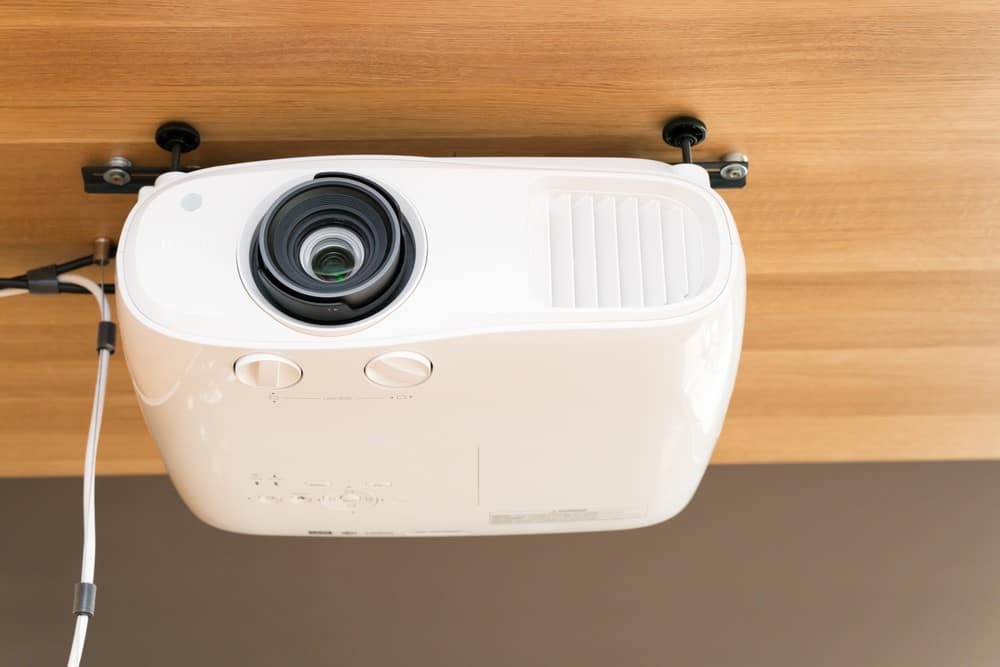
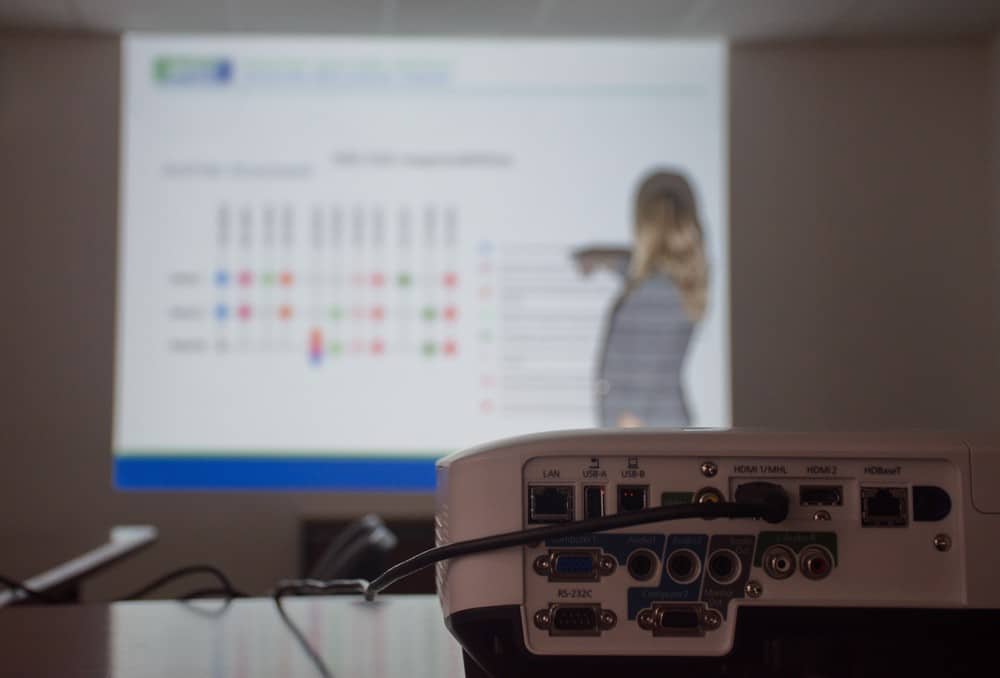



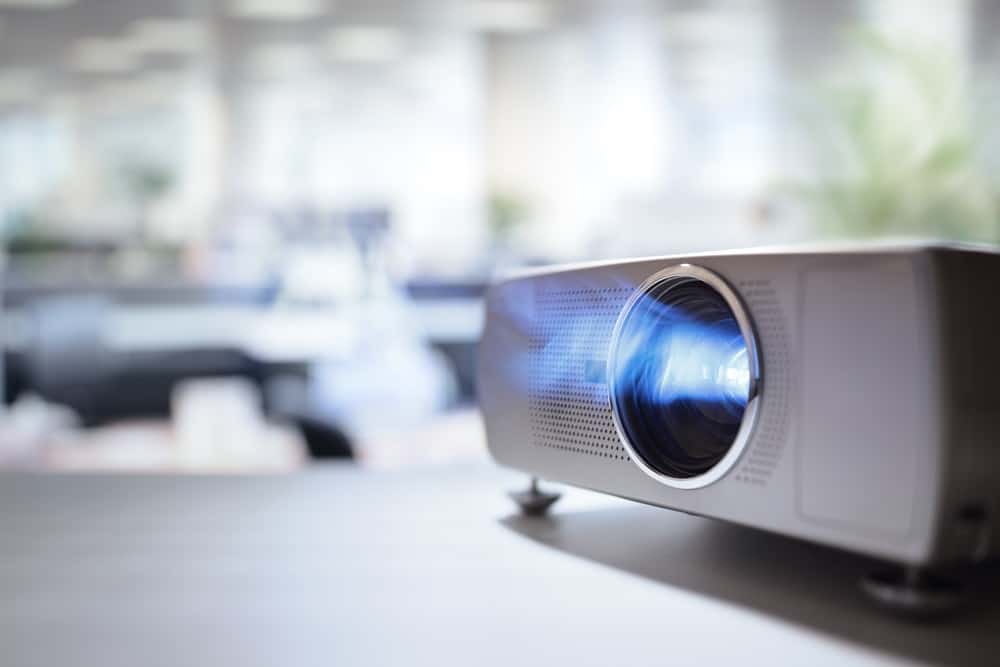
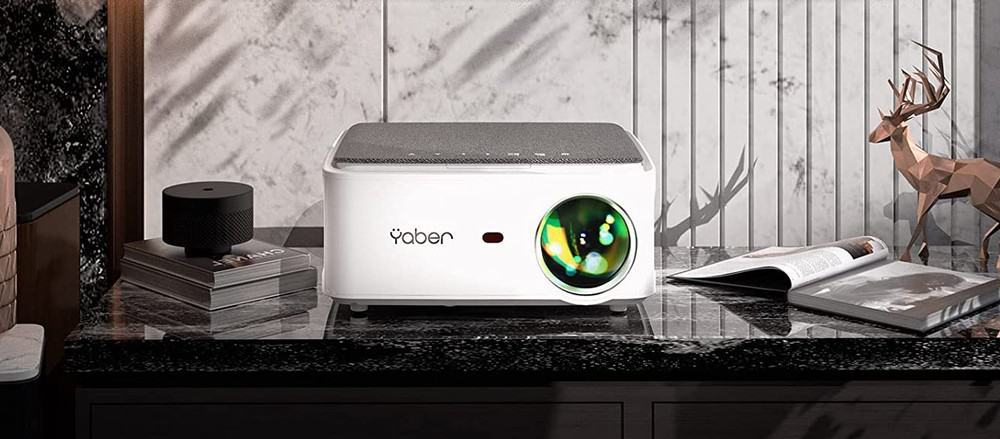

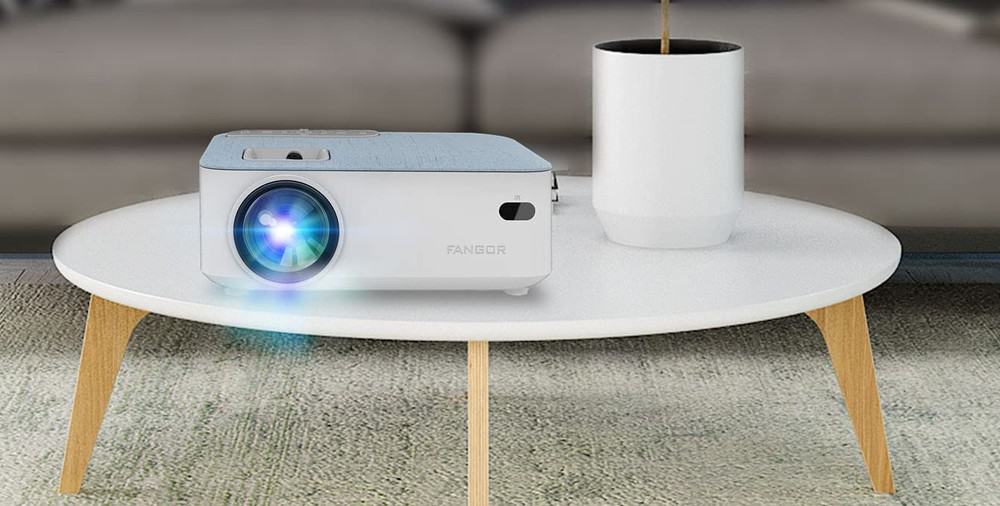

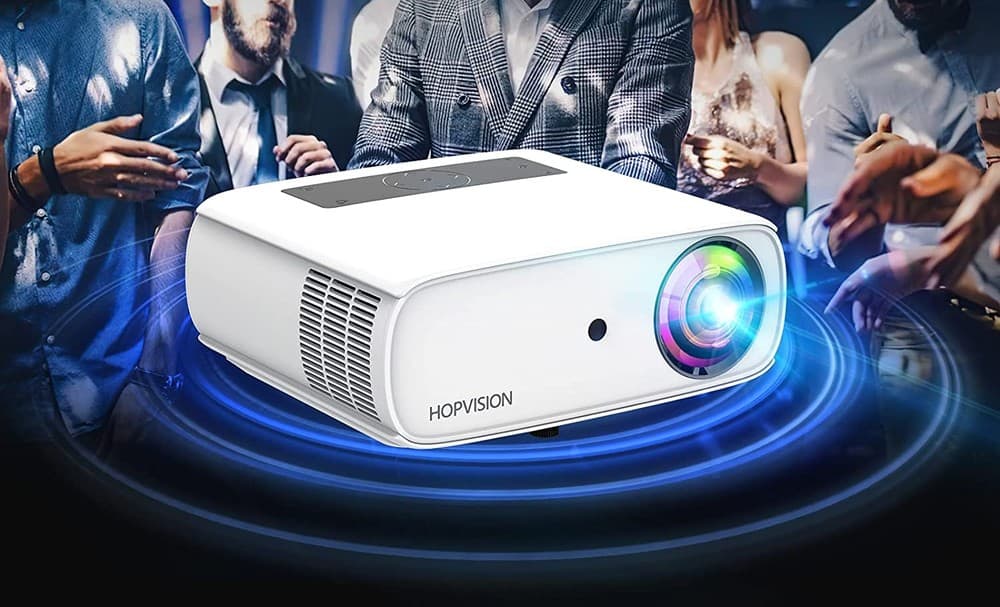

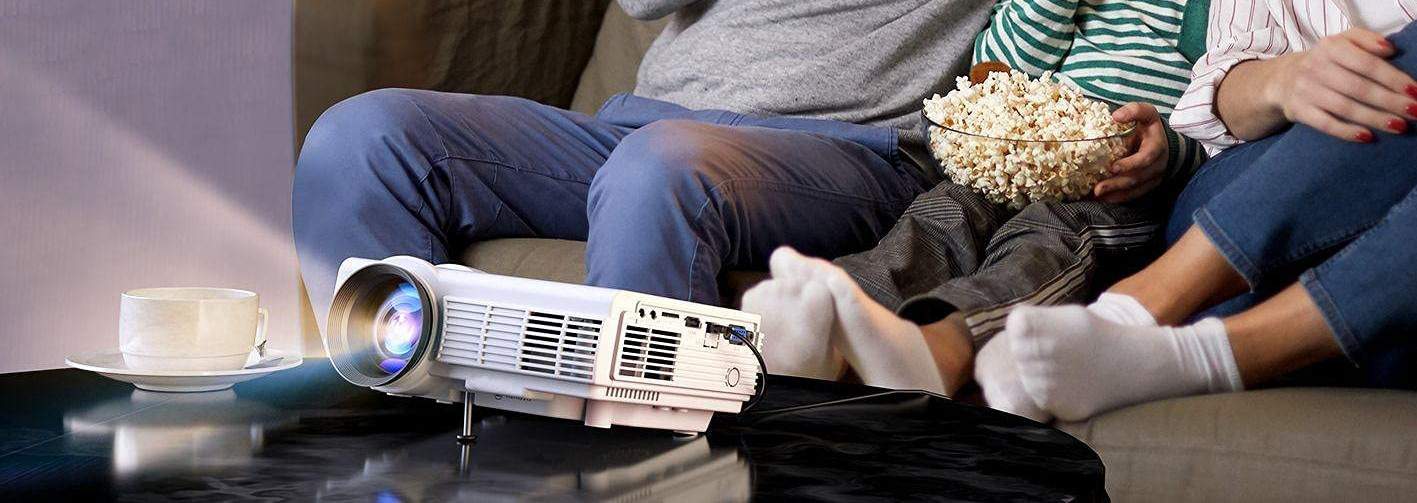

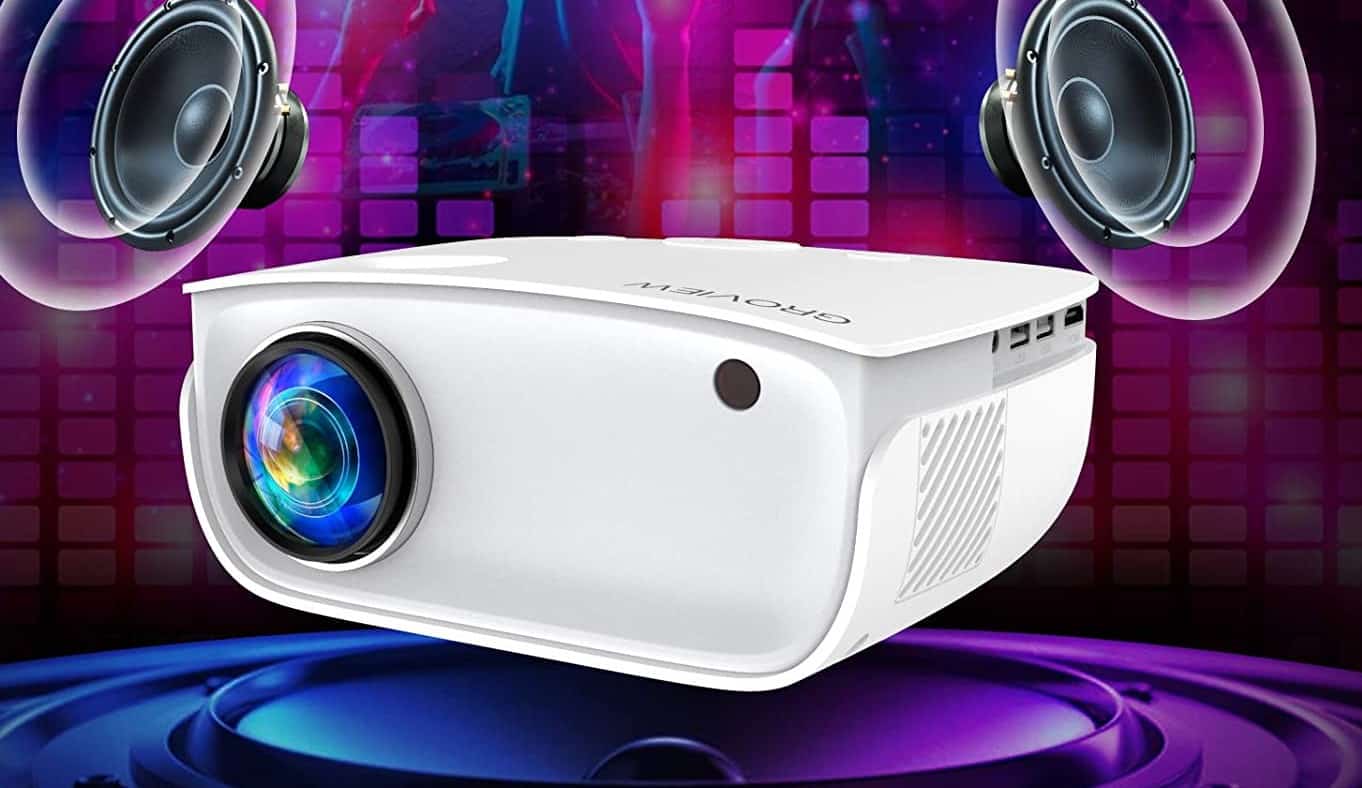
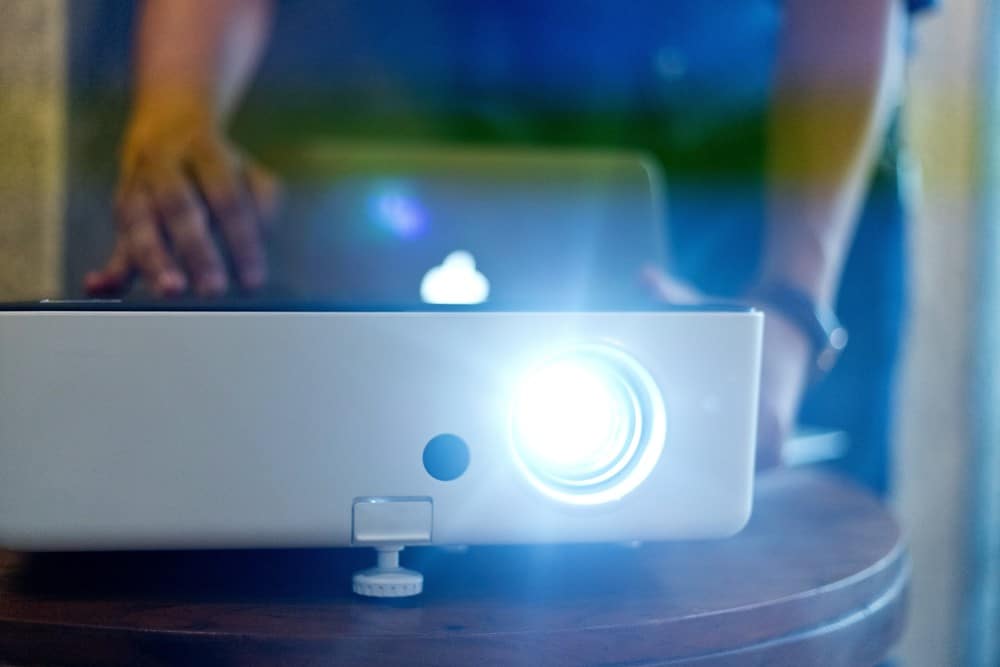

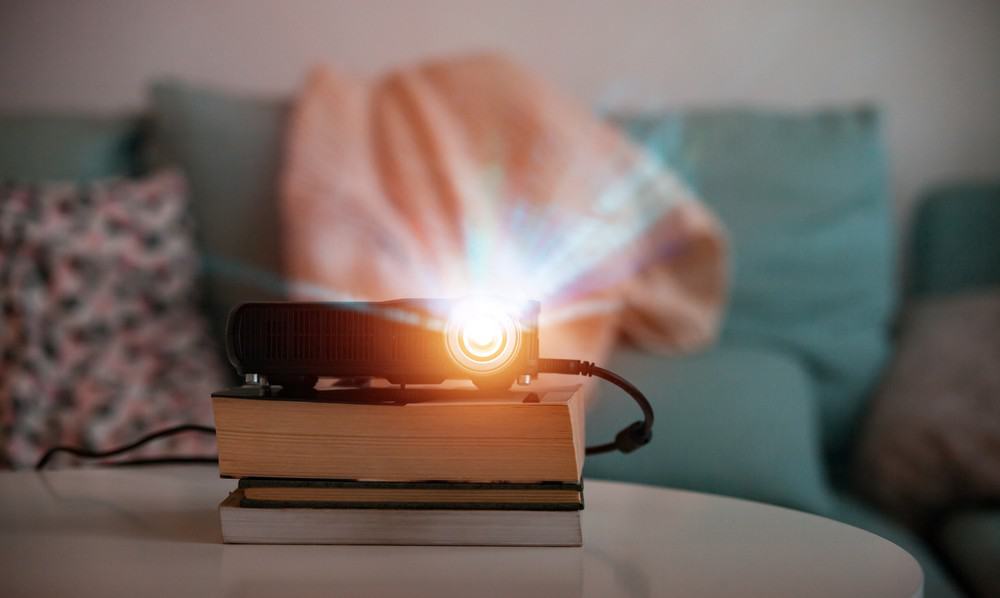
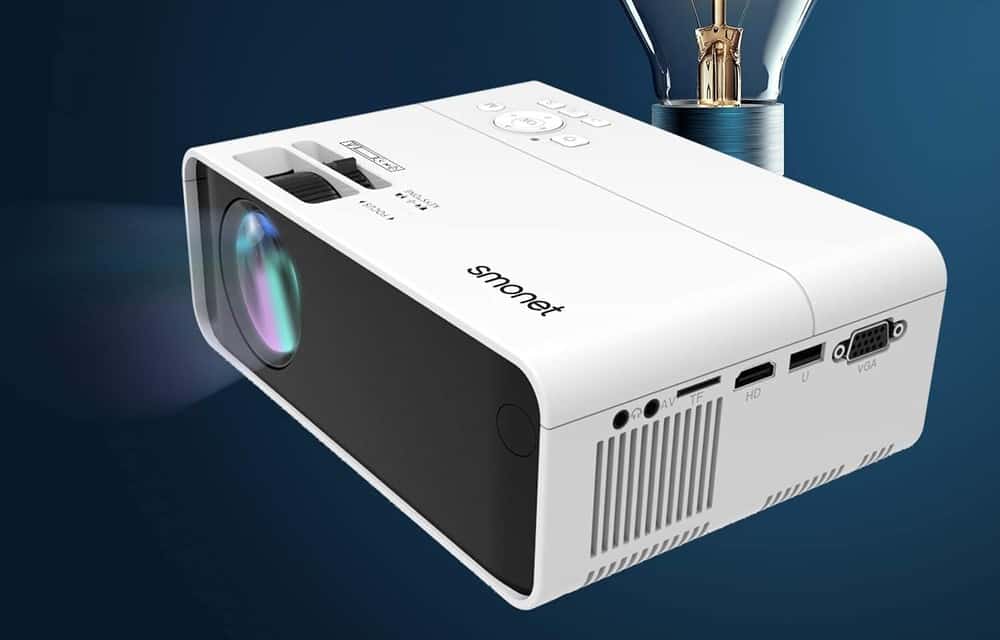
![Best Projectors for Daylight Viewing in [year] 27 Best Projectors for Daylight Viewing in 2025](https://www.gadgetreview.dev/wp-content/uploads/best-projector-for-daylight-viewing-image.jpg)
![Best Samsung Projectors in [year] 28 Best Samsung Projectors in 2025](https://www.gadgetreview.dev/wp-content/uploads/best-samsung-projectors-image.jpg)
![Best NEC Projectors in [year] 29 Best NEC Projectors in 2025](https://www.gadgetreview.dev/wp-content/uploads/best-nec-projectors-image.jpg)
![Best Acer Projectors in [year] 30 Best Acer Projectors in 2025](https://www.gadgetreview.dev/wp-content/uploads/best-acer-projectors-image.jpg)
![Best Quiet Projectors in [year] 31 Best Quiet Projectors in 2025](https://www.gadgetreview.dev/wp-content/uploads/best-quiet-projector-image.jpg)
![Best Projectors for Golf Simulator in [year] 32 Best Projectors for Golf Simulator in 2025](https://www.gadgetreview.dev/wp-content/uploads/best-projector-for-golf-simulator-image.jpg)
![Best Conference Room Projectors in [year] 33 Best Conference Room Projectors in 2025](https://www.gadgetreview.dev/wp-content/uploads/best-conference-room-projector-image.jpg)
![Best InFocus Projectors in [year] 34 Best InFocus Projectors in 2025](https://www.gadgetreview.dev/wp-content/uploads/best-infocus-projectors-image.jpg)
![Best Mini Projector in [year] ([month] Reviews) 35 Best Mini Projector in 2025 (December Reviews)](https://www.gadgetreview.dev/wp-content/uploads/best-mini-projector-image.jpg)
![Best Panasonic Projectors in [year] 36 Best Panasonic Projectors in 2025](https://www.gadgetreview.dev/wp-content/uploads/best-panasonic-projectors-image.jpg)
![Best Sony Projectors in [year] 37 Best Sony Projectors in 2025](https://www.gadgetreview.dev/wp-content/uploads/best-sony-projectors-image.jpg)
![Best Projector Stands in [year] 38 Best Projector Stands in 2025](https://www.gadgetreview.dev/wp-content/uploads/best-projector-stand-image.jpg)
![Best Ultra Short Throw Projectors in [year] 39 Best Ultra Short Throw Projectors in 2025](https://www.gadgetreview.dev/wp-content/uploads/best-ultra-short-throw-projector-image.jpg)
![Best Projectors for a Living Room in [year] 40 Best Projectors for a Living Room in 2025](https://www.gadgetreview.dev/wp-content/uploads/best-projector-for-living-room-image.jpg)
![Best RCA Projectors in [year] 41 Best RCA Projectors in 2025](https://www.gadgetreview.dev/wp-content/uploads/best-rca-projectors-image.jpg)
![Best Optoma Projectors in [year] 42 Best Optoma Projectors in 2025](https://www.gadgetreview.dev/wp-content/uploads/best-optoma-projectors-image.jpg)
![Best BenQ Projectors in [year] 43 Best BenQ Projectors in 2025](https://www.gadgetreview.dev/wp-content/uploads/best-benq-projectors-image.jpg)
![Best Projectors for Church in [year] 44 Best Projectors for Church in 2025](https://www.gadgetreview.dev/wp-content/uploads/best-projector-for-church-image.jpg)
![Best Projectors for Classroom in [year] 45 Best Projectors for Classroom in 2025](https://www.gadgetreview.dev/wp-content/uploads/best-projector-for-classroom-image.jpg)
![Best Epson Projectors in [year] 46 Best Epson Projectors in 2025](https://www.gadgetreview.dev/wp-content/uploads/best-epson-projector-image.jpg)
